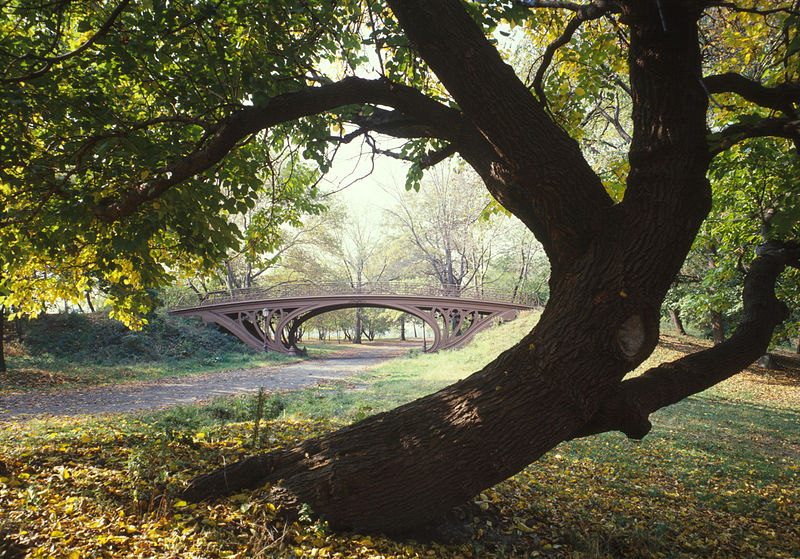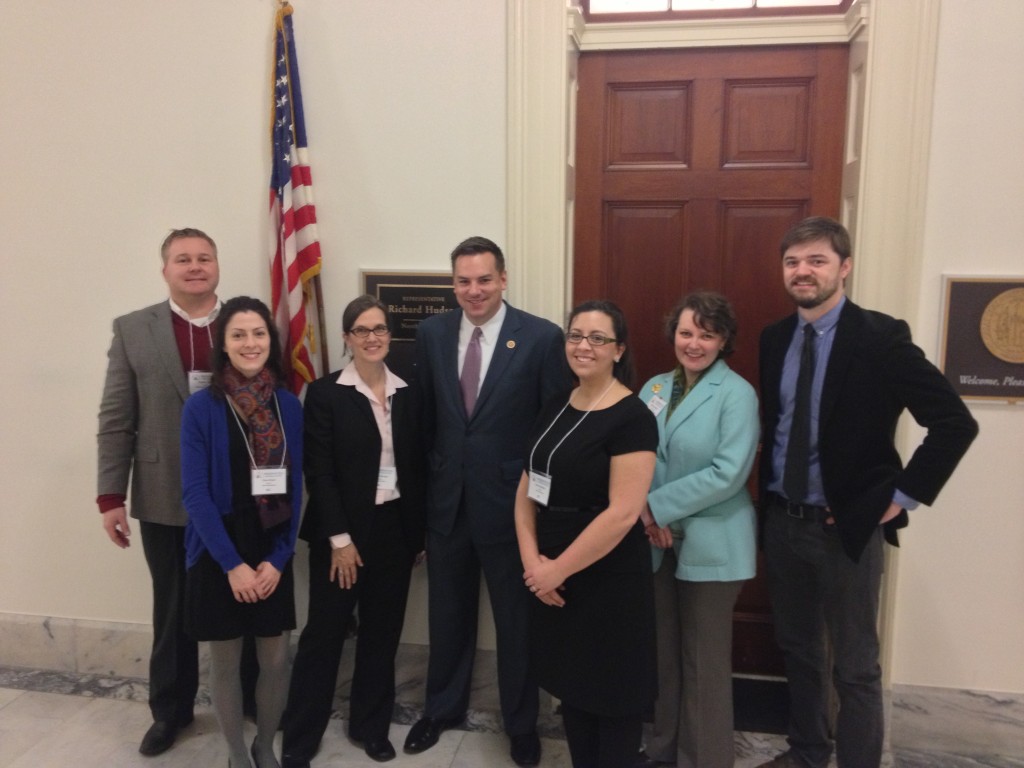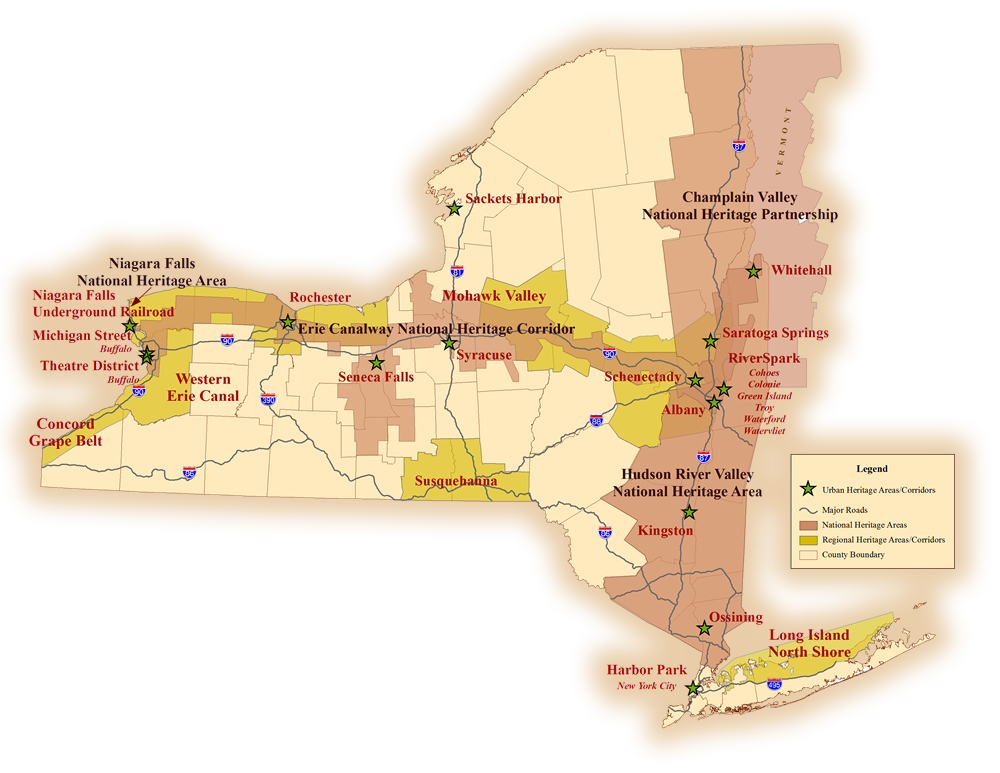To provide observations and information on the emerging fields of landscape scale conservation, heritage preservation, and sustainable community development.
Newsletter
Stay up-to-date with the latest nature, culture and community news.
We won’t spam you or share your information. Newsletters are sent approximately 10 times a year. Unsubscribe at any time.

New York State’s Recreational Areas Deserve Spotlight
New York State has played a pivotal role in shaping the history of conservation in the United States. The Adirondack Park, Central Park, and the Hudson River Greenway, among other sites, have all influenced patterns of protected area management, as did the state’s innovative urban cultural parks (now heritage areas) program.

Apply Now for Advocacy Scholars – Deadline Oct. 31
Do you know an undergraduate or graduate student interested in historic preservation, planning, history, public policy, law, architecture or a related field? If so, encourage them to apply to the Preservation Action Advocacy Scholars program, which offers a limited number of competitive scholarships to students interested in attending National Historic Preservation Advocacy Week (March 2-4, 2015) in Washington, D.C. This year Preservation Action has joined the NHA@30 celebration by proposing the National Heritage Areas program as topic for the required advocacy scholar’s essay.

Cultural Landscape Foundation Features Duncan Hilchey Interview
“To me, a cultural landscape is a visually harmonious and fundamentally sustainable landscape that emerges out of the fusion of natural and anthropogenic activities.” – Duncan Hilchey, from interview with the Cultural Landscape Foundation

Help NY State Heritage Areas
New York’s heritage areas are “partnership parks” encompassing public and private interests as well as partnership between state and local government. The first such effort, RiverSpark, dates to 1977, eight years before the federal National Heritage Areas program began to take shape. In recent years, however, the New York effort has suffered from a lack of funding and staff support.
How to Write Off Traditional Cultural Properties: the Gladesmen Report
Published in 1990, National Register Bulletin 38 provides guidelines for the evaluation and documentation of Traditional Cultural Properties (TCP). In this post, one of the bulletin’s authors, Tom King, addresses shortcomings in a recent report that sought to apply the TCP concept to the Gladesmen, longtime residents of the Florida Everglades.

New York State’s Recreational Areas Deserve Spotlight
New York State has played a pivotal role in shaping the history of conservation in the United States. The Adirondack Park, Central Park, and the Hudson River Greenway, among other sites, have all influenced patterns of protected area management, as did the state’s innovative urban cultural parks (now heritage areas) program.

Apply Now for Advocacy Scholars – Deadline Oct. 31
Do you know an undergraduate or graduate student interested in historic preservation, planning, history, public policy, law, architecture or a related field? If so, encourage them to apply to the Preservation Action Advocacy Scholars program, which offers a limited number of competitive scholarships to students interested in attending National Historic Preservation Advocacy Week (March 2-4, 2015) in Washington, D.C. This year Preservation Action has joined the NHA@30 celebration by proposing the National Heritage Areas program as topic for the required advocacy scholar’s essay.

Cultural Landscape Foundation Features Duncan Hilchey Interview
“To me, a cultural landscape is a visually harmonious and fundamentally sustainable landscape that emerges out of the fusion of natural and anthropogenic activities.” – Duncan Hilchey, from interview with the Cultural Landscape Foundation

Help NY State Heritage Areas
New York’s heritage areas are “partnership parks” encompassing public and private interests as well as partnership between state and local government. The first such effort, RiverSpark, dates to 1977, eight years before the federal National Heritage Areas program began to take shape. In recent years, however, the New York effort has suffered from a lack of funding and staff support.
How to Write Off Traditional Cultural Properties: the Gladesmen Report
Published in 1990, National Register Bulletin 38 provides guidelines for the evaluation and documentation of Traditional Cultural Properties (TCP). In this post, one of the bulletin’s authors, Tom King, addresses shortcomings in a recent report that sought to apply the TCP concept to the Gladesmen, longtime residents of the Florida Everglades.


